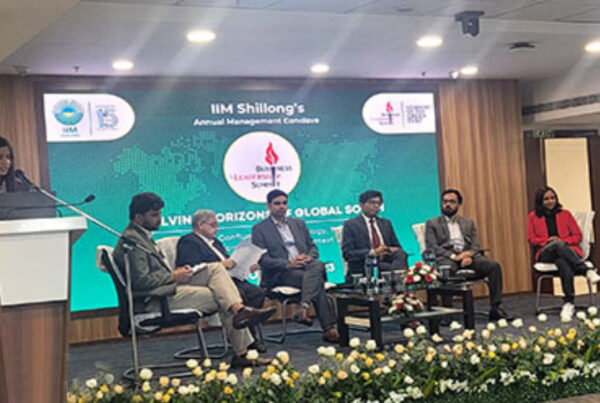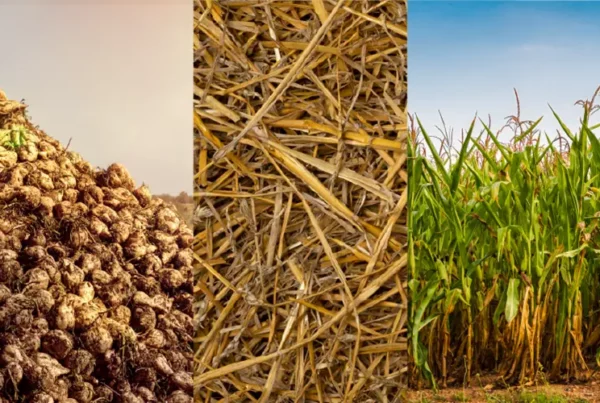Investing ahead of the curve has its own pitfalls. Consider the recent news from China that many new residential apartments in Nanchang city either remain unoccupied or lie unsold. This is not an isolated case. Similar ghost towns across the country portend a bigger economic crisis arising out of structural issues in the property sector.
The realty sector, once touted as the cornerstone of China’s economic success, is now facing a sad reality, as developers are saddled with huge unsold inventory. Remember Evergrande, China’s leading property developer which defaulted bond repayment in late 2021 and led the global markets to a crisis? Since then, over 10 such publicly listed developers have defaulted on their obligations.
The latest data from Reuters shows home sales by floor space declined 3.6% in the first two months of 2023 compared to a year-ago period. The developers can find solace that during the whole of 2022, the decline was 24%. Start of new construction by floor space also declined 9.4% in the first two months of 2023, but this was better than the 44% fall registered in December 2022.
Does the fallout in the Chinese realty sector impact the Indian economy? Yes. China’s construction sector is the growth engine not only for China but for the world as well. Hectic construction activity in China pushed up the demand for building materials, especially steel, and other metals. As China cut down the production of all ferrous and non-ferrous metals owing to pollution issues, this created opportunities for Indian companies to strengthen their foothold in global exports as well as in China. Indian producers had pinned their hopes on the construction recovery in China, expecting it would give a boost to product prices. However, the prolonged slump in China has belied the hopes of a recovery in prices and volume anytime soon. All metal prices have nosedived from their highs in 2021-22. Although the negative growth in construction has slowed of late, it cannot be said with certainty that the market is closer to bottoming out. The local government’s intervention in land sales, which artificially props up prices to keep the bank collateral healthy, remains unpredictable. Unless Chinese developers join land buying in a big way, it would be difficult to comment on sustainable sectoral turnaround. With limited access to bank lending or offshore bonds to refinance their already stretched finances, developers are not likely to return to land buying anytime in the immediate future.
On the macro-economic front, economic growth is up 2.2% in Q1 of 2023 and 4.5 % for the whole of 2022, but it is nowhere close to the high single-digit growth registered a few years ago. The property sector accounts for about a fourth of China’s GDP. An ageing Chinese population, slowing growth, and structural issues in banking and property show the malaise runs deeper—the economy may take longer to come out of the woods. Reports also suggest that Chinese retail buyers have become wary of buying property amid speculative prices and growing fear of cash-strapped developers leaving home construction unfinished, turning their home mortgages too heavy on their incomes.
The Chinese government has eased credit access to developers, but the return of homebuyers’ confidence is key to the sector’s revival. Until then, Indian metal producers would have no option but to focus on the domestic market.
For more on Investment Research, connect with the Investment Research Team at Avalon Global Research.




